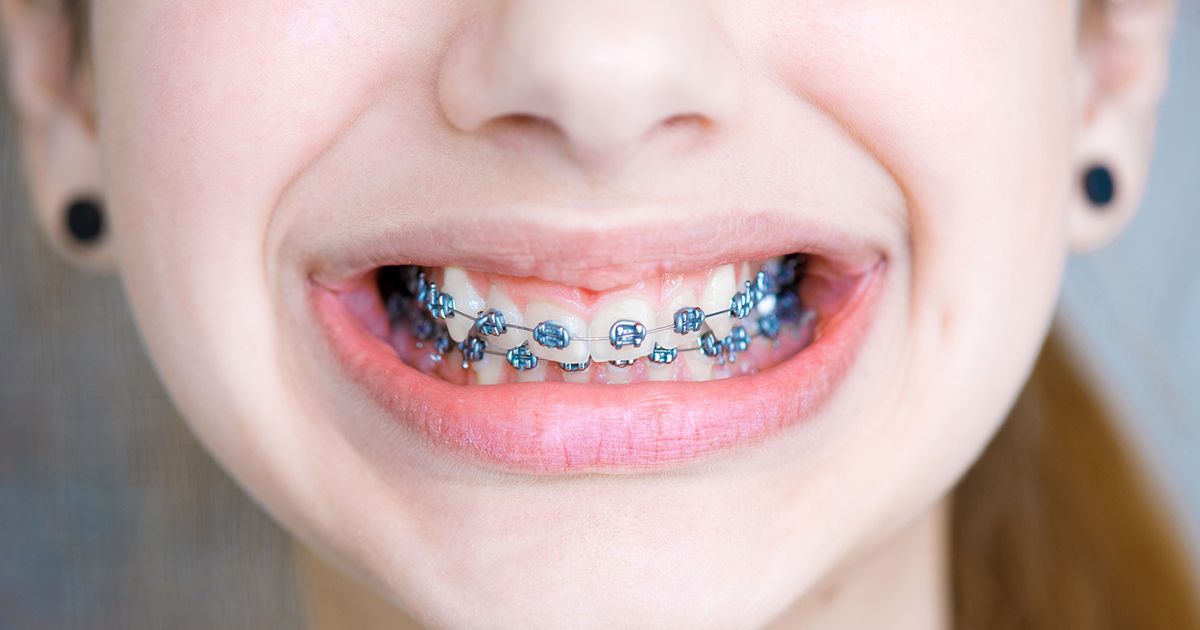Why is Nitinol used in braces?
Nitinol, also known as nickel-titanium or Ni-Ti alloy, is commonly used in orthodontics thanks to its shape memory and superelastic behaviour. We use archwires made from this clever metal alloy to move your teeth efficiently and reduce the frequency of adjustments.

What is nitinol?
Nitinol is a metal alloy of nickel and titanium that boasts special properties, including superelasticity and pseudoelasticity (shape memory).
Nitinol will return to its original shape when it’s heated up. It can also withstand extreme stress without changing shape.
There are many uses for nitinol within medicine and dentistry. Our endodontic colleagues use it to clean and shape root canals.
How is nitinol used in braces?
In orthodontics, the archwires that control your brackets and move your teeth are made from nitinol.
Your orthodontist will mould your archwire to fit your teeth. The warmth from your mouth will then activate the wire’s shape memory, and it will gradually move back towards its original shape – a perfect arch.
As the wire straightens, it gently applies pressure to your brackets and teeth, steadily aligning your smile little by little.
Nitinol archwires vs stainless steel
Nitinol archwires offer more advantages than their excellent shape memory. They’re biocompatible, resistant to corrosion and very reliable.
Superelastic nitinol is 10–30 times more flexible than stainless steel. It’s also more stable and releases nickel slower than stainless steel.
(If a patient has a nickel allergy, Invisalign is an excellent alternative to fixed braces.)
Unlike nitinol, traditional stainless-steel wires lose their ability to return to their original shape over time, so they lose tension and become slack. Your orthodontist will need to change the archwire when this happens to keep your teeth moving.
The main advantage of nitinol over stainless steel wires is fewer visits to the orthodontist for adjustments.
We typically use both nitinol and stainless steel wires during orthodontic treatment. We’ll introduce stainless steel wires towards the end to give us greater control for precise results.

 Hove
Hove 01273 203514
01273 203514


 Read more
Read more

